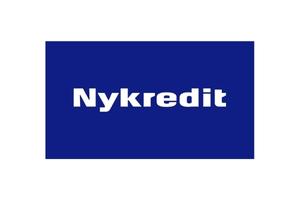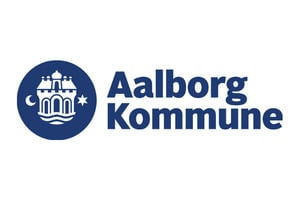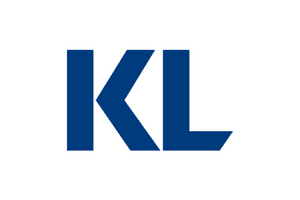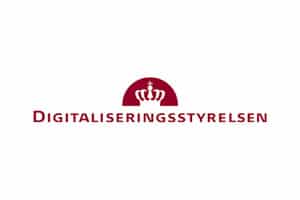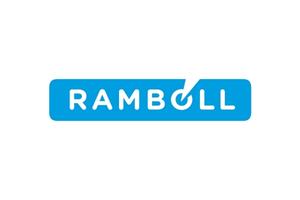Why should you work with behavioral design?
Behavioral design is a crucial part of successful change management and is a key factor in creating lasting change. This is because behavioral design uses psychological principles to understand and influence human behavior, which is a central part of any change process.
When implementing change, it is often necessary to change behavioral patterns, both on an individual and organizational level. Traditional change methods can often fail because they underestimate the human factor and expect rational and logical behavior. But behavioral design takes into account that human behavior is complex and often not rational. Therefore, it designs interventions that are tailored to the human behavioral and decision-making processes.
Behavioral design also makes it possible to create more engaging and user-friendly solutions. By understanding how people interact with their environment and the systems they use, we can design experiences that are intuitively satisfying, easy to understand, and naturally promote desired behaviors.
Working with behavioral design can also help identify unexpected barriers to change and opportunities to strengthen acceptance and adoption of change. This can range from understanding how team dynamics affect the acceptance of new work processes to designing communication strategies that motivate and engage employees.
Ultimately, behavioral design is an essential part of successful change management because it takes into account the human factor in change processes and helps design interventions that are tailored to our natural behavioral patterns.

